New report analyzes homelessness in Mecklenburg
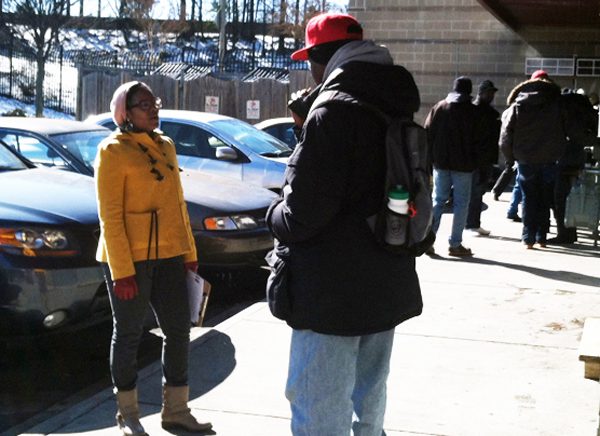
What are the characteristics of Mecklenburg County’s homeless population and how has it changed over time? To try to answer those questions, Mecklenburg County each year performs the Point in Time (PIT) Count, a federally mandated act to determine the prevalence and characteristics of homeless people in the United States. The PIT Count helps communities better understand who is facing homelessness on a given night, so the communities can advocate for additional federal, state, and local resources to serve the homeless.
|
Read more “Defining home: Charlotte counts the homeless,” commentary from a volunteer in this year’s homeless count. |
A new report prepared in collaboration by the UNC Charlotte Urban Institute, the Charlotte-Mecklenburg Coalition for Housing, and the Homeless Services Network highlights the findings from the 2014 Charlotte-Mecklenburg PIT Count and looks at PIT data from 2009 to 2014. These data are an estimate of the number of homeless people not staying at a shelter, those living in places unfit for human habitation, and those in shelters, which includes emergency shelters, seasonal shelters, and transitional housing.
The 2014 count identified 2,014 homeless people on the night of Jan. 29. That represents a 17 percent decrease since 2013 and a 19 percent decrease since 2009. Of those persons identified as homeless in 2014, 92 percent were sheltered; 8 percent were unsheltered.
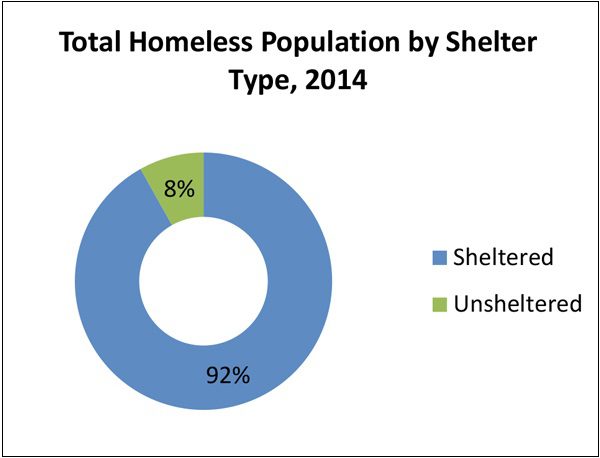
A person who is chronically homeless is defined as an unaccompanied individual with a disabling condition who has either been continuously homeless for one year or more or has experienced at least four episodes of homelessness in the last three years. A total of 203 people were identified as chronically homeless – a 44 percent increase from 2013 but a 23 percent decrease from 2009. The count identified 157 homeless veterans, an increase of 31 percent since 2013, but a 10 percent decrease since 2009. The increase in chronic and veteran homelessness may be due in part to enhanced counting efforts this year for the unsheltered count, in addition to the inclement weather at the time of the count, which possibly sent many to seek shelter at local warming stations, making them easier to count.
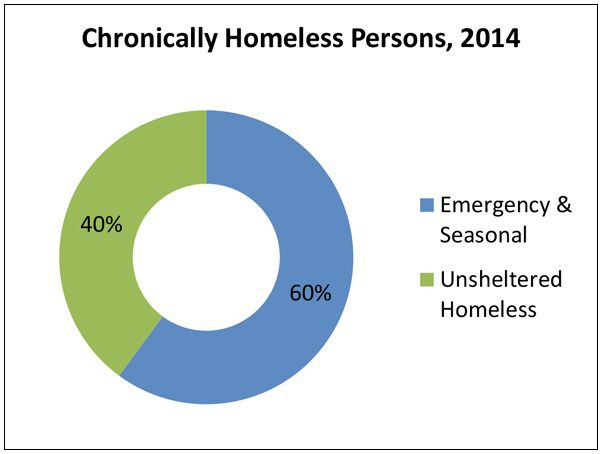
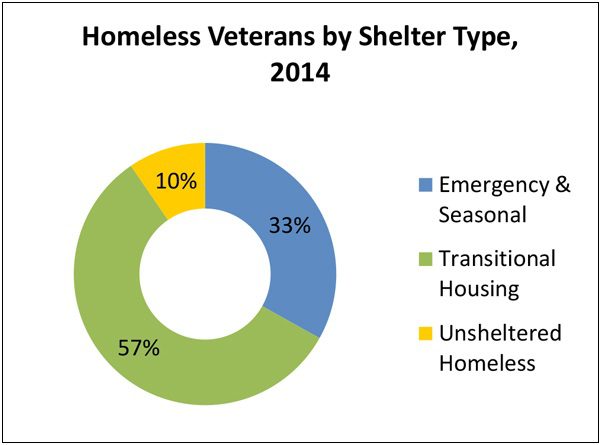
The study identified a disproportionate number of black and/or African American people who were homeless: 81 percent of the total homeless population the count identified were black or African American, as were 72 percent of the unsheltered population. To compare, blacks make up 30 percent of Mecklenburg County’s general population, according to the 2010 U.S. Census.
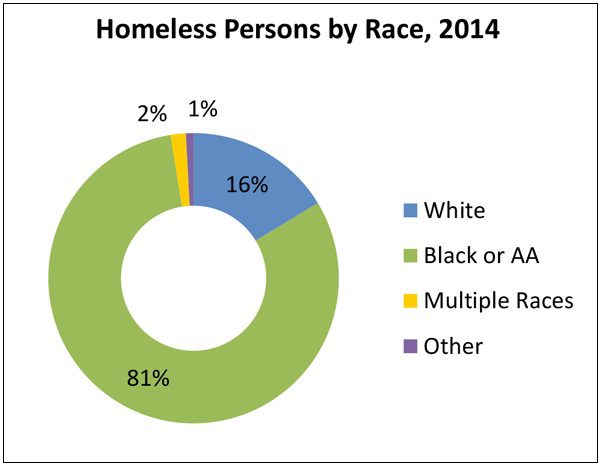
The report findings are estimates of how many people in Charlotte-Mecklenburg are homeless on a given night. While the data may be an undercount, it is a useful tool to gauge changes in the homeless population over time. To read the full report, click here.